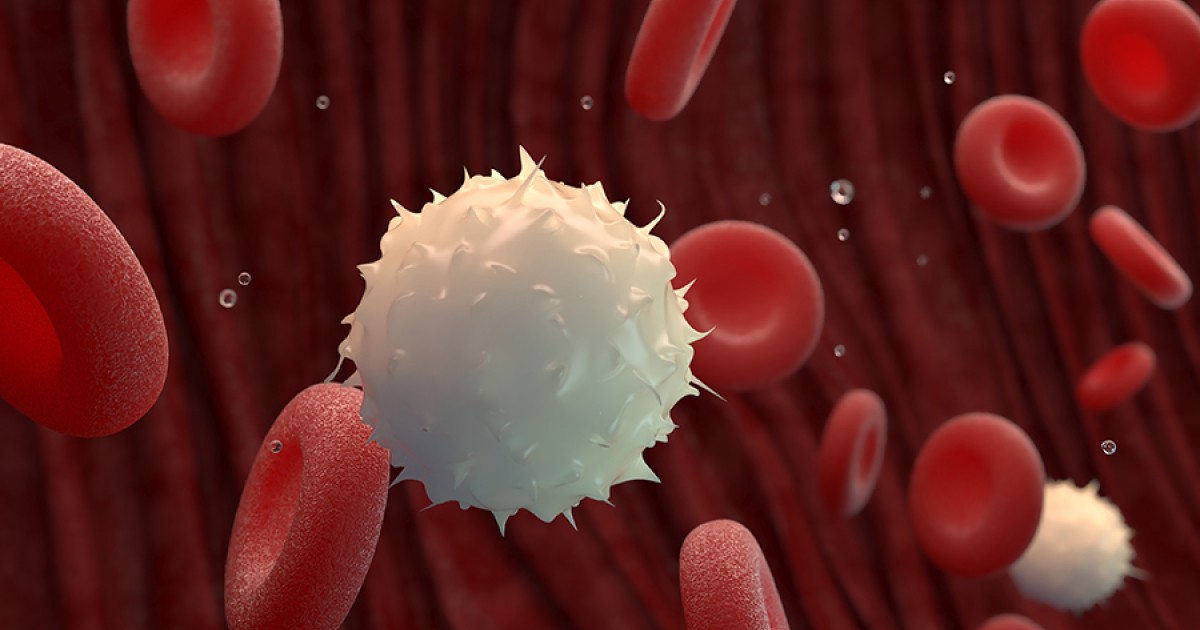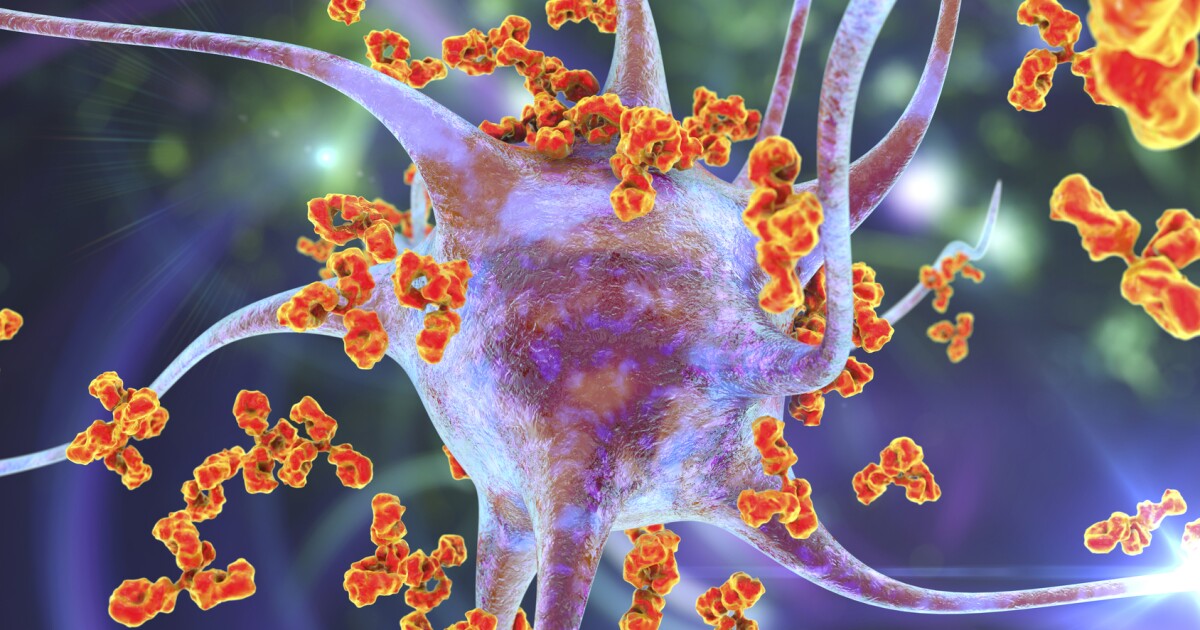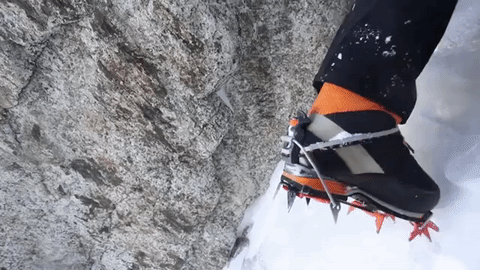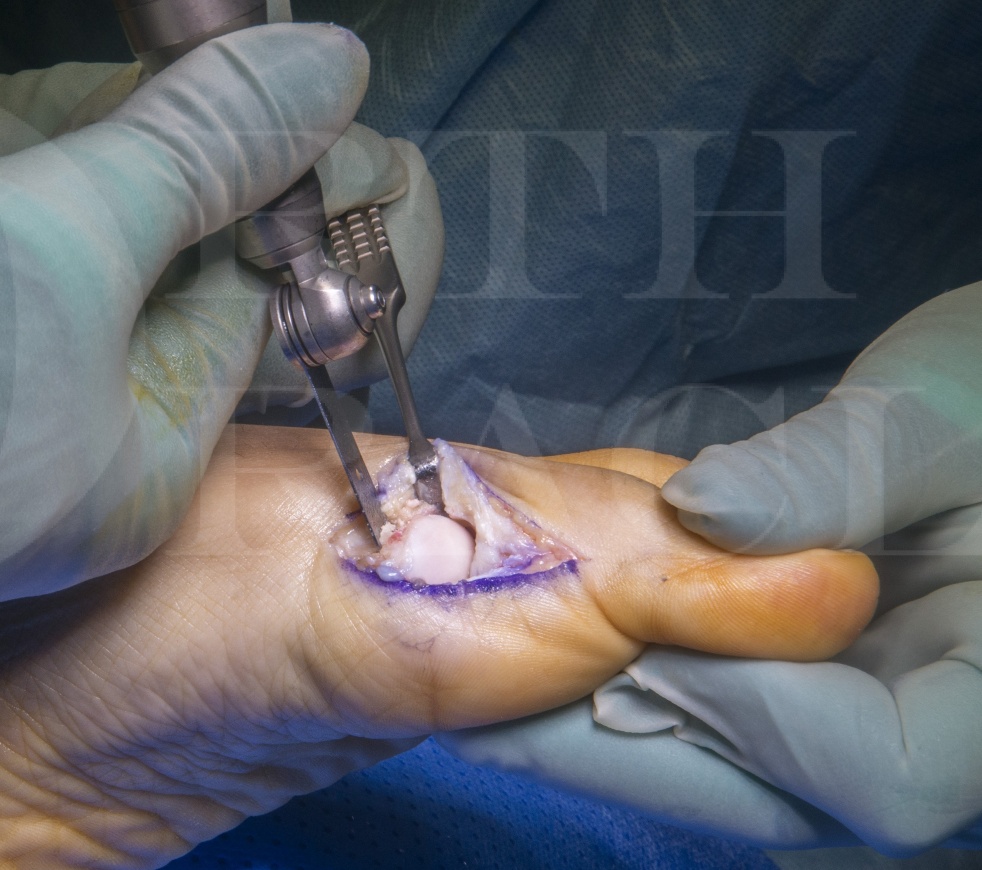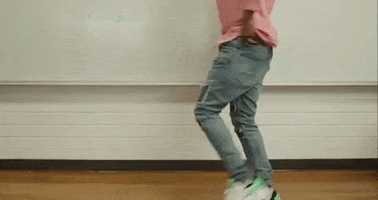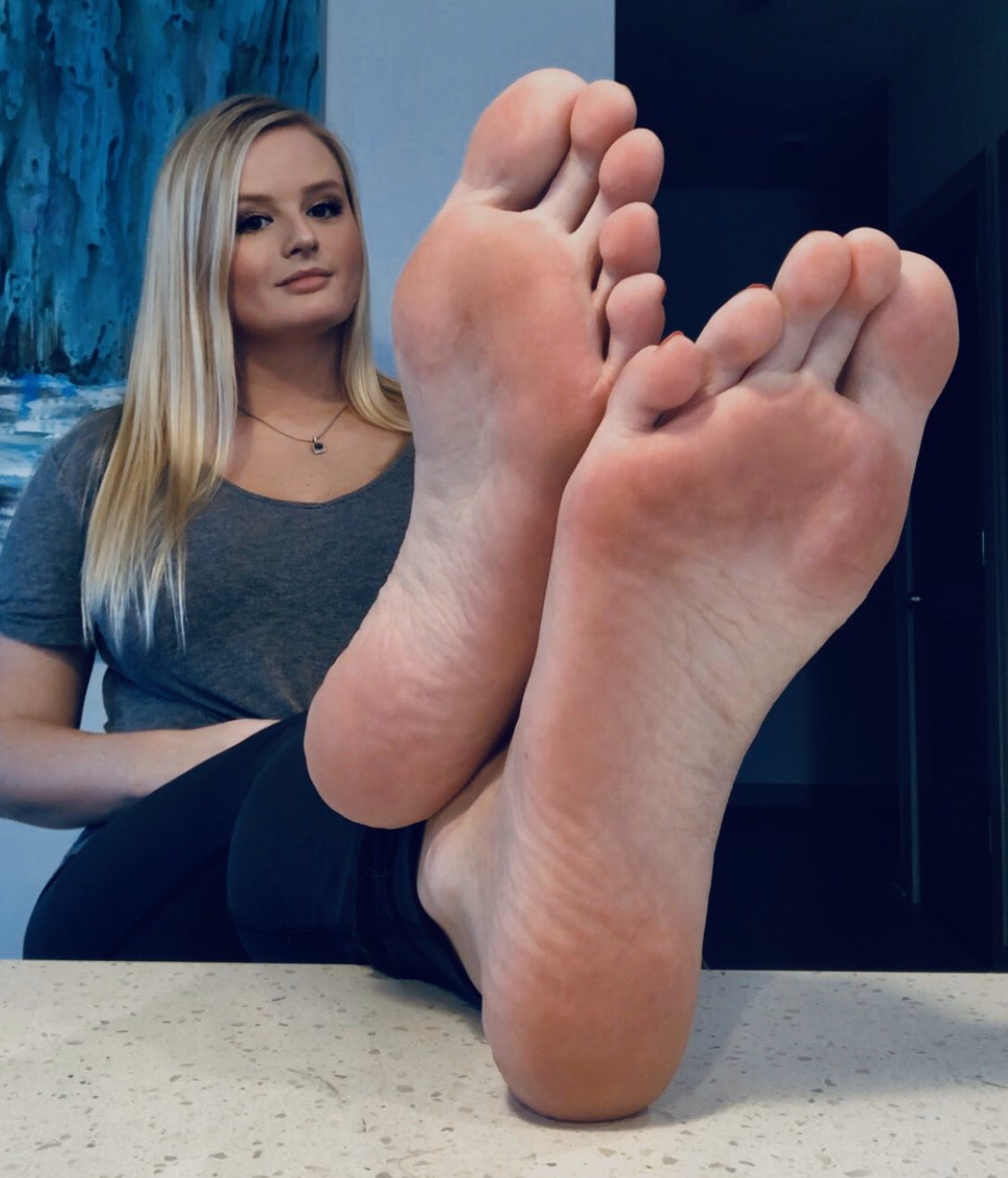Podiatrist here. It's actually a fairly common phenomenon. Pretty much your entire body weight goes through that relatively small joint every time you take a step. As to Joe up above, those types of things won't really work with this. The drugs you are discussing are for inflammatory arthritides, like psoriatic, RA, etc. Hallux Limitus/Rigidus is more of a degenerative disease, typically caused by previous trauma to the joint or biomechanical. Cortisone injections can reduce inflammation for awhile, but are typically not a long term solution, as discussed above. Some do well with topical anti-inflammatories, like Voltaren gel. Typically presents as pain and stiffness within the joint with motion and often with hypertrophic bone spurring around the joint. Treatment depends on severity of the disease and patient profile. Early on, orthotic devices can help, particularly if they are made with a first ray cut out, to allow the first metatarsal to drop down, putting it in a better position for function. If the joint is too far gone, we go the opposite way, with some sort of rigid extension (Morton's extension) to reduce motion in the joint. If those are not successful, patients often go on to surgery, again, depending on the nature and severity of their pain. If a patient is only having pain from a shoe rubbing against the hypertrophic bone, a cheilectomy (basically just removing the spurring) is indicated. If they are having pain in the joint due to alignment issues (the most common cause) a Youngwick or a more agressive Lapidus procedure may work (they shorten and drop the first metatarsal down, decrompressing the joint and hopefully putting the first metatarsal in a better position for function). If the joint is pretty well shot, we fuse (eliminate the joint by making the 2 bones heal together into one bone) it with a plate and screws. There have been many different joint implants produced through the years, but I don't like them. Too unpredictable. I love the fusion. High rate of success and patient satisfaction. I know what it's going to look like in 3 months, 1 year, 5 years, etc.
Good luck to all who are suffering from it!


